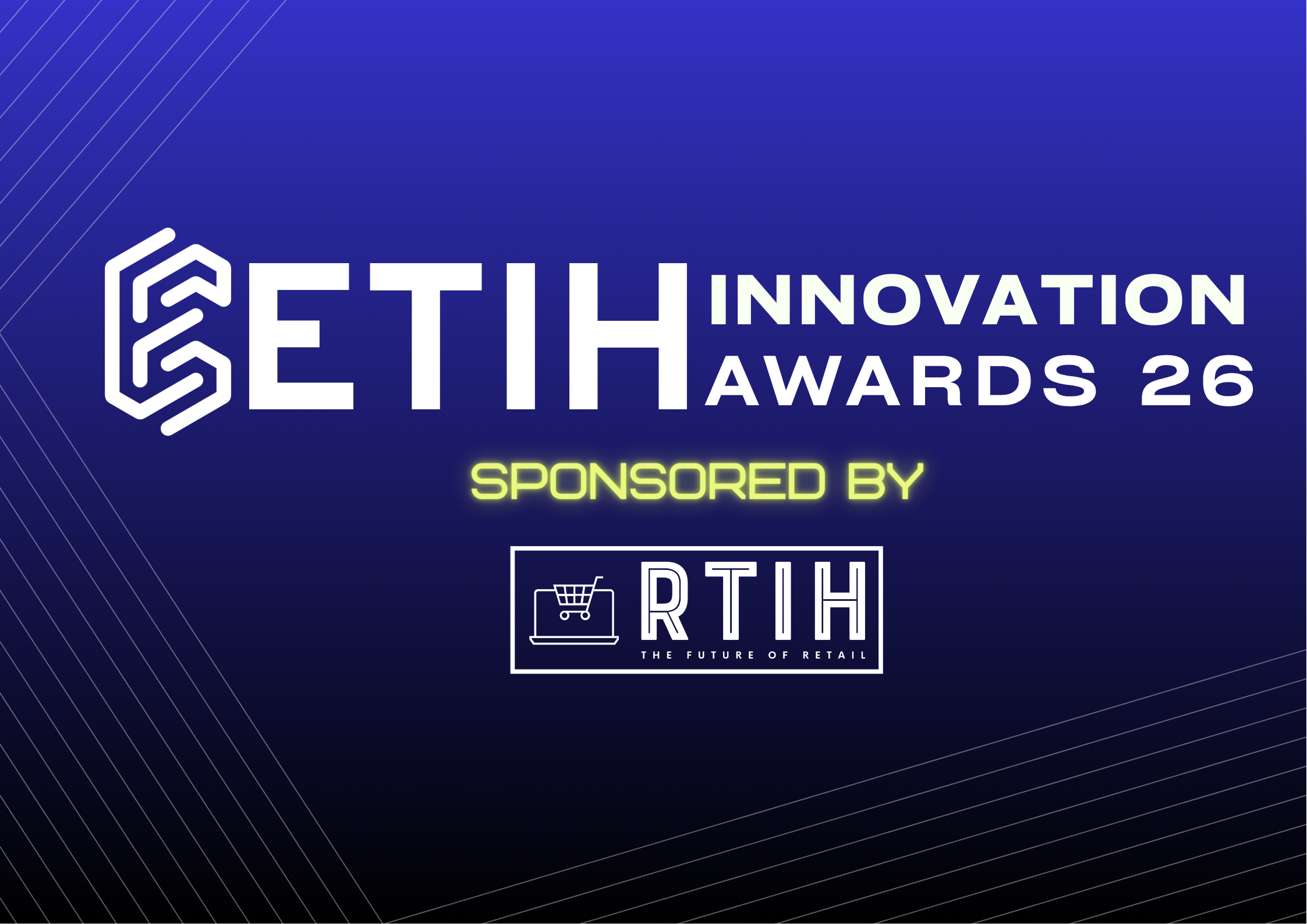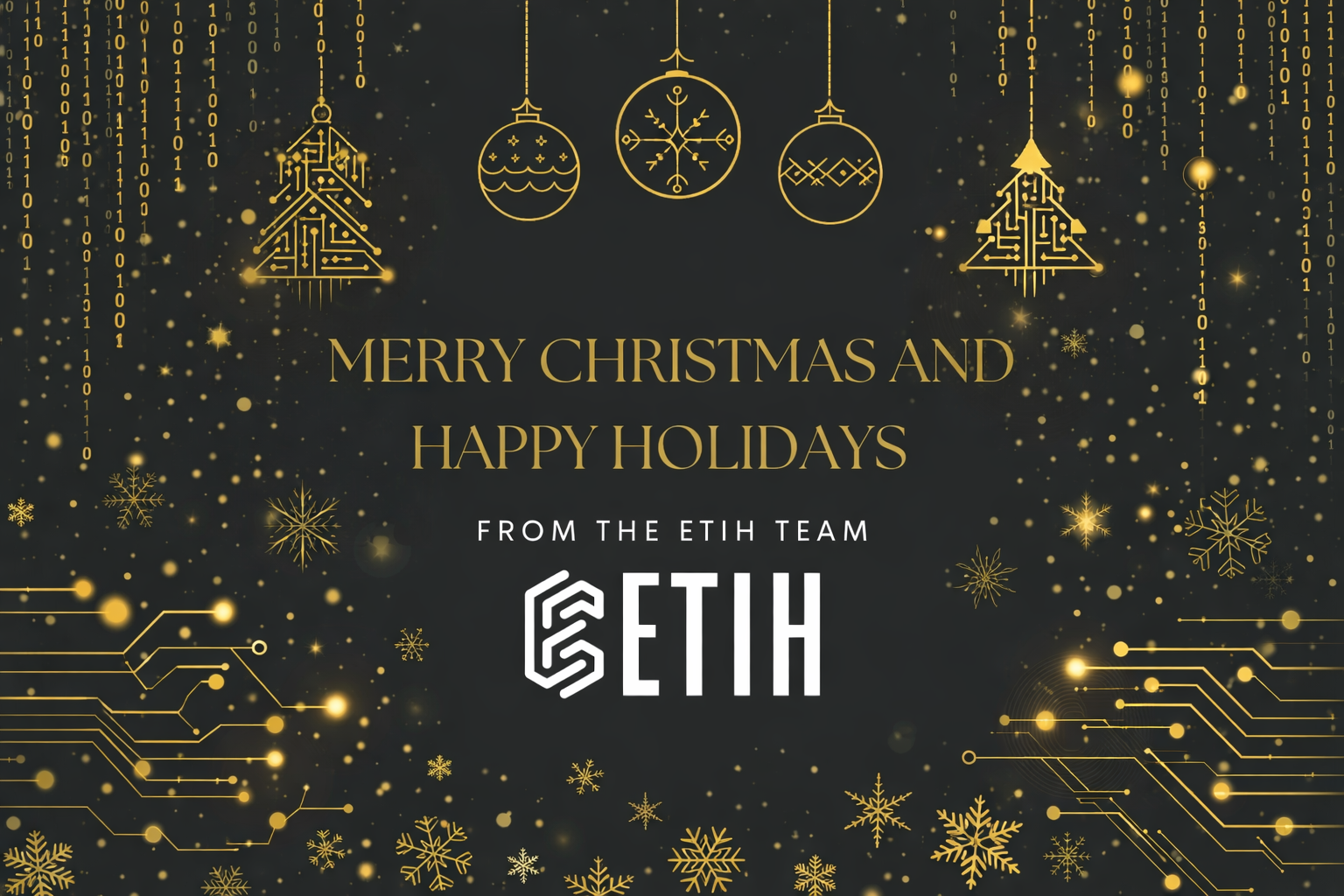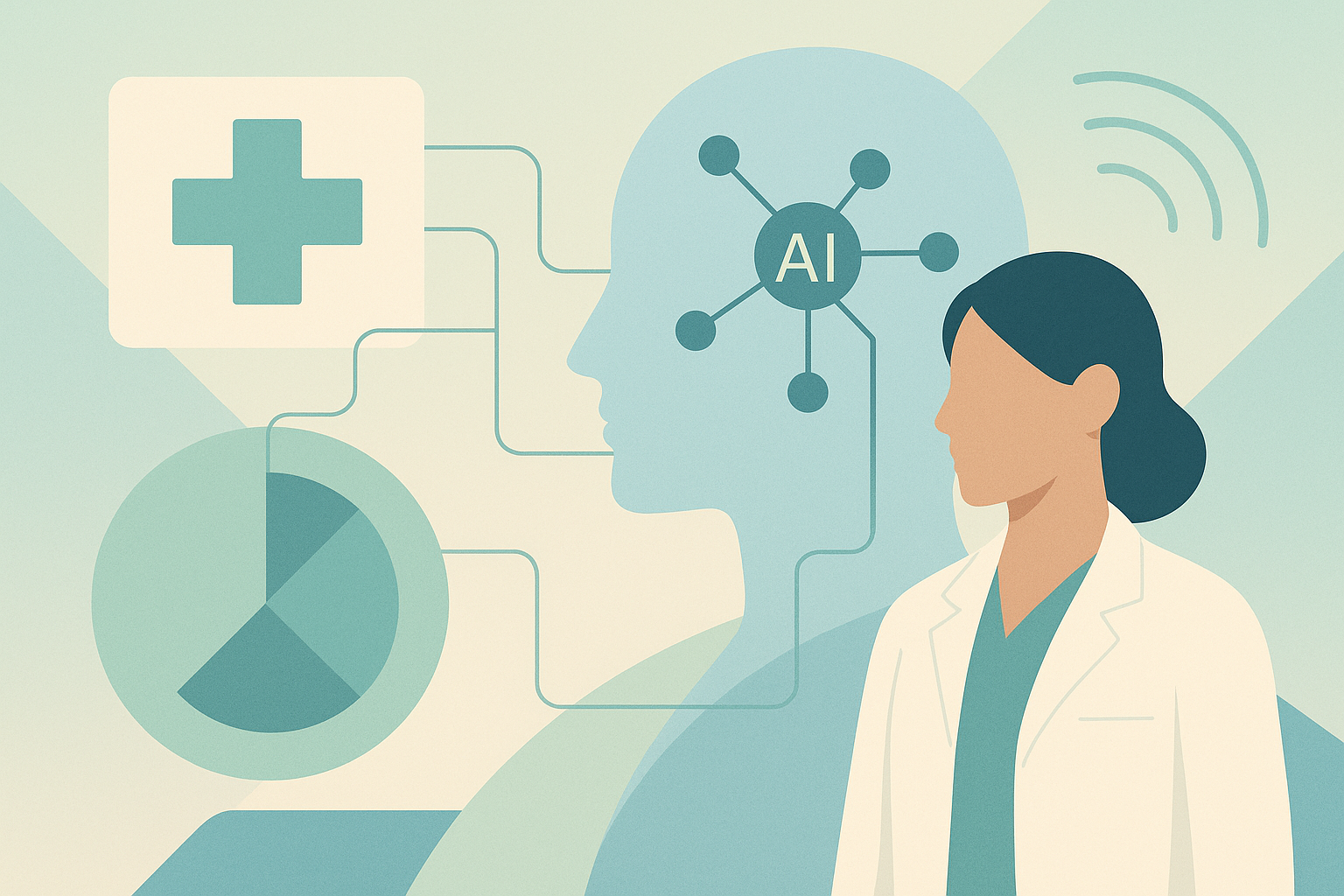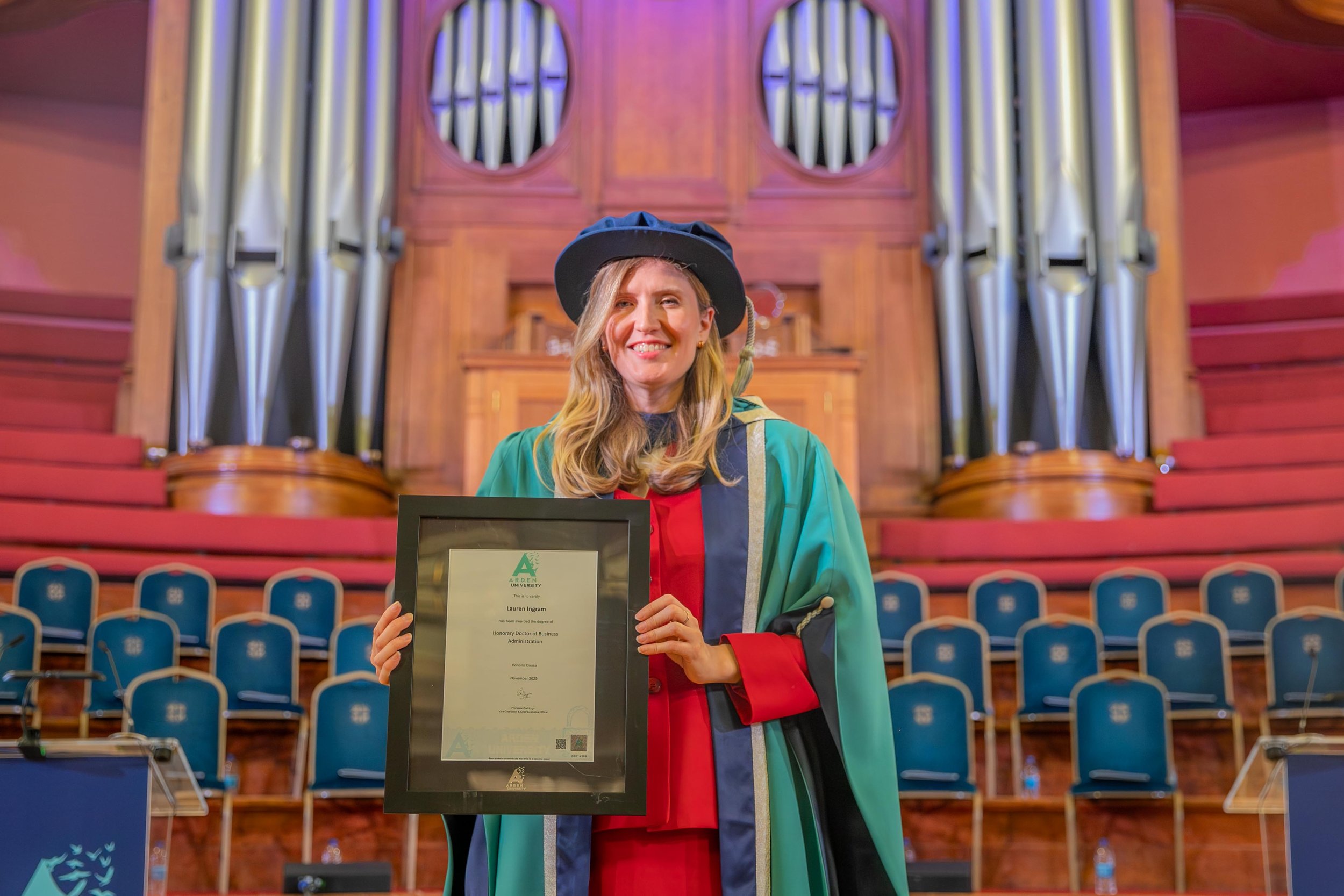ETIH’s most-read EdTech stories in July: AI universities, healthy iPhones, and smarter learning platforms
From OpenAI university concepts to White House pledges and screen-free smartphones, July was packed with stories that reflect how AI and EdTech continue to collide.
Here are the top 10 most-read stories on ETIH in July, counting down from ten to one.
10. An OpenAI University? Expert calls for for-profit, AI-native academic institution
In at number 10, supply chain expert Brittain Ladd called on OpenAI to disrupt higher education entirely—with a proposal for “OpenAI University,” a fully AI-native, global-first academic institution.
His vision includes project-based learning delivered through GPT-5, Sora, and Codex; a curriculum designed by tech leaders; and startup-style acceleration programs embedded into student learning. Ladd argues that most universities are not equipped for the AI era, and OpenAI is uniquely placed to change that.
9. World’s first ‘healthy iPhone’: time to rethink children’s access to tech?
Next up, a new comment piece tackled the UK launch of Sage Mobile, dubbed the “healthy iPhone” for kids. Built by Techless, the device blocks social media, browsers, and algorithm-driven apps by design.
ETIH’s Rachel Lawler explored how the product aims to reset early digital habits—and whether that’s enough to satisfy growing concerns from parents, researchers, and campaign groups about children’s screen time, online safety, and mental health.
8. AWS launches new AI literacy and training programs for students and graduates
At number 8, Amazon Web Services unveiled two new training paths to build AI skills for early-career professionals.
Alongside a college graduate upskilling track, AWS also announced the LLM League, a challenge-based program where participants apply prompt engineering, knowledge retrieval, and fine-tuning techniques to real-world problems. The company is investing $2 million in credits to support teams through the process.
7. Canva becomes first design platform to embed creative suite into ChatGPT and other AI tools
AI returns at number 7 as Canva became the first creative platform to deeply embed its design tools directly into ChatGPT, Salesforce’s Agentforce, and other AI assistants.
The move allows AI agents to access and generate visuals in real-time, pulling context from Canva Docs, Presentations, and other design files. This step expands Canva’s AI strategy following earlier launches of Canva AI and Canva for Classrooms.
6. Anthropic expands Claude’s role in education and scientific research
Just missing the top five, Claude—the AI model developed by Anthropic—saw expanded deployment across both higher education and government research.
The company introduced Canvas integrations, launched student ambassador programs, and confirmed rollout across Lawrence Livermore National Laboratory (LLNL), where Claude is supporting nuclear deterrence, climate research, and materials science projects.
Anthropic says the dual education-enterprise strategy reflects its long-term focus on secure, ethical AI implementation.
5. White House AI pledge backed by 60+ organizations, including Amazon and Google
Kicking off the top five, more than 60 companies—including tech giants Amazon, Google, Microsoft, and IBM—backed the White House’s new voluntary AI commitments, with a strong focus on education and workforce development.
The list of signatories includes upskilling platforms like Khan Academy, Udemy, and Coursera, signaling a multi-sector push to build AI literacy and talent pipelines. The pledge includes improving transparency, supporting safe deployment in schools, and expanding access to AI career pathways.
4. Honor Education secures $38 million in Series A funding
In at number 4, Honor Education, a company building AI-powered learning environments, closed a $38 million Series A funding round led by Bain Capital Ventures.
Honor is developing “AI-native classrooms” that adapt to individual learning styles using virtual coaches, student-led sessions, and real-time feedback. Investors say the platform could transform peer-led collaboration and active learning models across secondary and postsecondary settings.
3. U.S. Department of Education releases guidance on using federal funds for AI in schools
At number 3, the U.S. Department of Education clarified that schools and colleges can use federal funding to purchase and implement AI-powered education tools.
Approved use cases include tutoring systems, adaptive learning platforms, and career readiness tools. The guidance urges schools to involve parents and teachers in tool selection and emphasizes responsible, transparent implementation of AI technologies.
2. Preply launches The Better Duo campaign in response to Duolingo
Just missing the top spot, Preply launched its Better Duo campaign, calling out Duolingo’s shift to an “AI-first” model. The campaign highlights the value of human tutoring over algorithm-only learning experiences.
Preply argues that language learning requires trust, empathy, and cultural connection—things best delivered by real people. The campaign features success stories from tutors and learners alike, reinforcing Preply’s hybrid AI-and-human approach.
1. Google expands Gemini and Chromebook tools across education
And in at number one, Google continued its AI push in education with expanded features for Gemini for Workspace and ChromeOS devices.
New features include a Gemini sidebar with built-in writing and feedback tools, Classroom integrations, and AI-assisted learning supports on Docs, Slides, and Gmail. Google is also launching a redesigned ChromeOS lineup tailored for schools, complete with AI-powered accessibility tools.
























